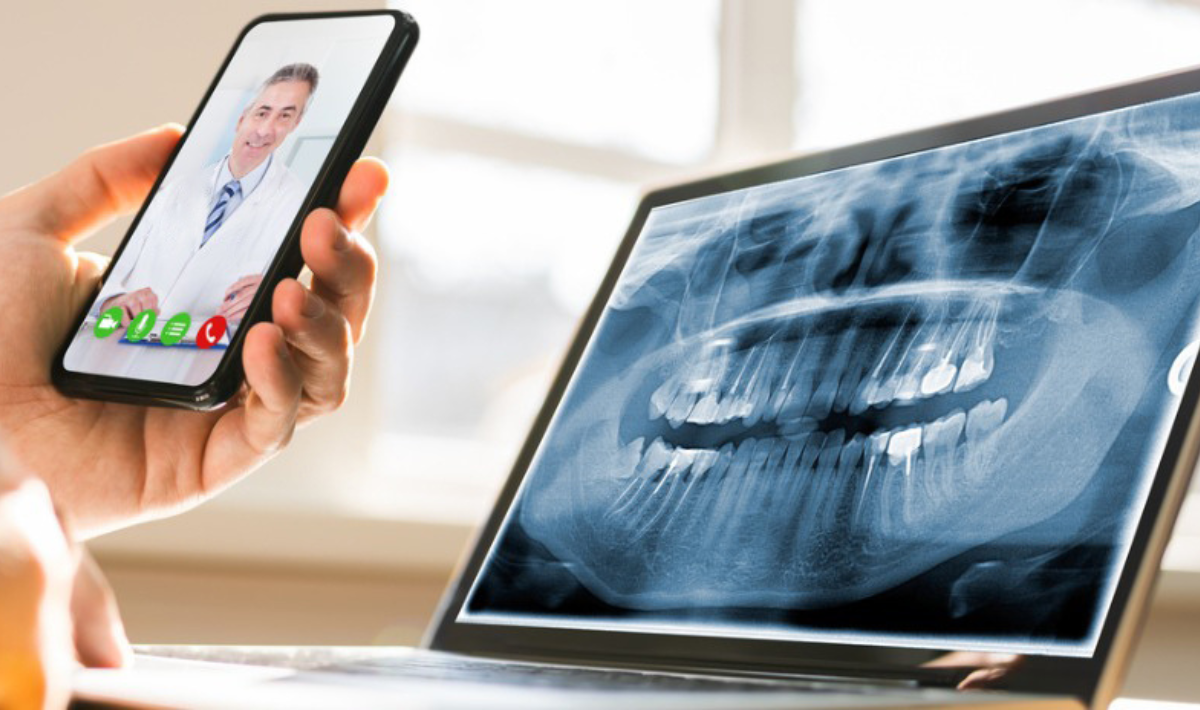Sponsored Content: Holland & Knight
By Eric A. Scalzo, Partner, Holland & Knight
The adoption and use of teledentistry services expanded significantly during the COVID-19 pandemic as an effective means to provide remote dental care, including diagnosis, consultation and treatment planning. This article will explore some of the legal implications of teledentistry and how dentists can ensure compliance with applicable laws and regulations.
State by State
One of the primary legal concerns associated with teledentistry is the regulation of the practice of dentistry across state lines. State dental boards are responsible for regulating the practice of dentistry within their respective states, including licensing dentists, setting practice standards and enforcing disciplinary action. The practice of teledentistry, however, often involves providing care to patients in jurisdictions that are different from the providing dentist. This raises questions about which state’s dental board has jurisdiction over the provider and whether the provider needs to obtain a license in each state where the patients are located when the teledental services are provided.
To address these issues, some states have enacted laws and regulations specifically addressing teledentistry. For example, California requires out-of-state providers to obtain a license from the California Dental Board if they provide teledentistry services to patients located in California.
Patient Privacy and Data Security
Another legal concern associated with teledentistry is ensuring patient privacy and data security. Teledentistry involves transmitting and storing electronic health information, which is subject to state and federal privacy and security regulations. Dentists and other healthcare providers must comply with the Health Insurance Portability and Accountability Act (HIPAA) and state data privacy and breach notification laws to protect patient data from unauthorized access, use or disclosure.
To ensure compliance with these regulations, dentists should consider how and when to implement appropriate privacy and security measures, such as encryption, firewalls and access controls. In some states, dentists are required to obtain patient consent before using telecommunication technologies to transmit or store patient health information and provide patients with notice of their privacy rights and how their data will be used.
Quality of Care
A third legal concern associated with teledentistry involves quality of care. Generally speaking, dentists must adhere to the same standards of care when providing teledentistry services as they would when providing in-person care. This includes conducting an appropriate patient evaluation, making an accurate diagnosis, developing a treatment plan and providing appropriate follow-up care.
Compliance with these standards often requires that dentists establish protocols and guidelines for providing teledentistry services, including conducting an initial patient evaluation, documenting patient history and symptoms, using appropriate diagnostic tools and establishing a treatment plan.
Conclusion
Teledentistry, when done right, can offer many benefits to patients, including increased access to care, improved convenience and reduced costs. However, dentists and other healthcare providers must ensure compliance with applicable legal and regulatory requirements to avoid potential liability and protect patient privacy and data security, and these regulatory requirements are often changing as the industry, and dental boards, experience more success and failure of treatment via teledentistry. By following appropriate guidelines and protocols, and staying up to date on the evolving regulatory landscape, dentists can provide safe, effective and legally compliant teledentistry services to patients.





